ToC & ToT – Training of Creativity and Training of Trainers
The fourth intellectual output consists in the creation of a network of experts of various disciplines to share their knowledge in Universal Design methodology and strengthen student-centered approach. The training path will be implemented and tested during the C1 (ToT) and C2 (ToC) assuring the possibility to validate them through an evaluation process of the performance. The evaluation process will take into account the impact of the use of ULD and Entrepreneurial Mindsets approach on dyslexic students both at local and international level. At the end of ToT trained teachers will be asked to design lectures based on ULD and teach in the following semester within the last data collection of the Be Special. Besides the experts of the two focus groups will design a Pilot Crash course for learners on Creativity and Entrepreneurship that will be tested during C2 and whose data will be integrated in BESPECIAL. The teaching materials realized within IO4 and for C1 and C2 will be available in the TOOLBOX OER Repository (IO3). The materials are available in English, Italian, Spanish, French and Greek. Both ToC and ToT paths provides materials usable also in distance learning and using vr environments. Thanks to the common efforts of all HEIs all partnership is well equipped in manage eventually distance learning.
- NEED ANALYSIS
- ELEMENTOS DE INNOVACIONES
- ELEMENTS OF INNOVATIONS
- EXPECTED IMPACT
- TRANSFERABILITY POTENTIAL
The creation of the training path needs a preliminary analysis, through a mapping of the existing methodology already in use among each HEIs and acknowledge of methodology event though not used or used in different context.
ToT is planned for academic teaching staff. They will be learners of the linked training activities, that will be projected for face to face, blended and distance learning. ToC is a teaching path for students regularly enrolled in the HEIs. Modules and materials will be implemented face to face, blended and distance learning. During the project both paths will be realized with the C1 and C2. Considering Covid Emergency and pandemic risks, all activities are well structured for being implemented in distance learning. Moreover, virtual reality environment can be developed in case mobilities will not be possible to realized.
the development of a shared training path among HEIs focus on ULD and Entrepreneurial Mindsets, is innovative since it overcomes the lack of competences. Innovative is also the possibility to put into the shoes of dyslexic thanks to the implementation (as described in IO1) of experiencing their difficulties with virtual reality. The interdisciplinary approach that will see the cooperation of experts in AI, VR and psychologies will assure an integrated approach and development of new training path.
Professionals will be able to educate themselves through their active participation in trainings and facilitate their collaboration with the end-users. They will also empower their competencies and they will ensure their personal development by raising their knowledge and skills. Student with dyslexia will be able to increase their self-awareness and self-empowerment, learn new methodologies and techniques that can be applied to their daily requirements and enhance their access to training methods. They will also be motivated on undertaking more responsibilities and they will be aware about good practices and initiatives applied to their local contexts. Partners organizations will have the opportunity to be members of well experienced consortiums and leaders in the field of supporting professionals and individuals with dyslexia, expand their Networking in National and Transnational context, gain knowledges and skills through educational and training tools aimed to empower the competencies of the staff members of the organizations and upgrade their portfolio with new Projects, approaches and methodologies.
Training paths are characterized by scalability, repeatability and transferability that will permit to spread such approach to national and international universities and not only. In fact, the implemented training architecture can be taken as a model example for the development of similar paths addressed for students enrolling school of any order and grade. At the same time, it can represent a starting point for the development of similar courses for supporting students which belong to vulnerable groups, allowing creating an educational system which is adopted to the diversity of its member.








